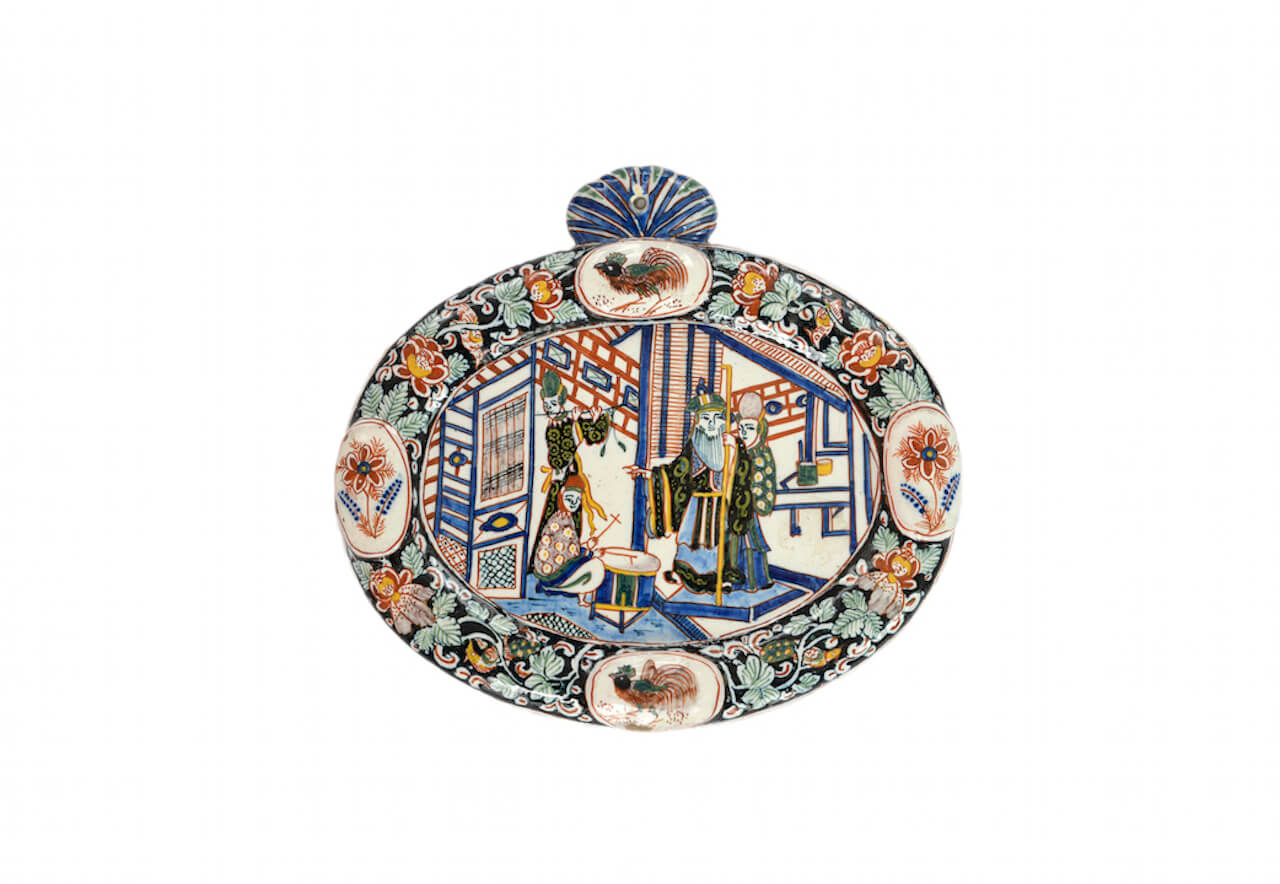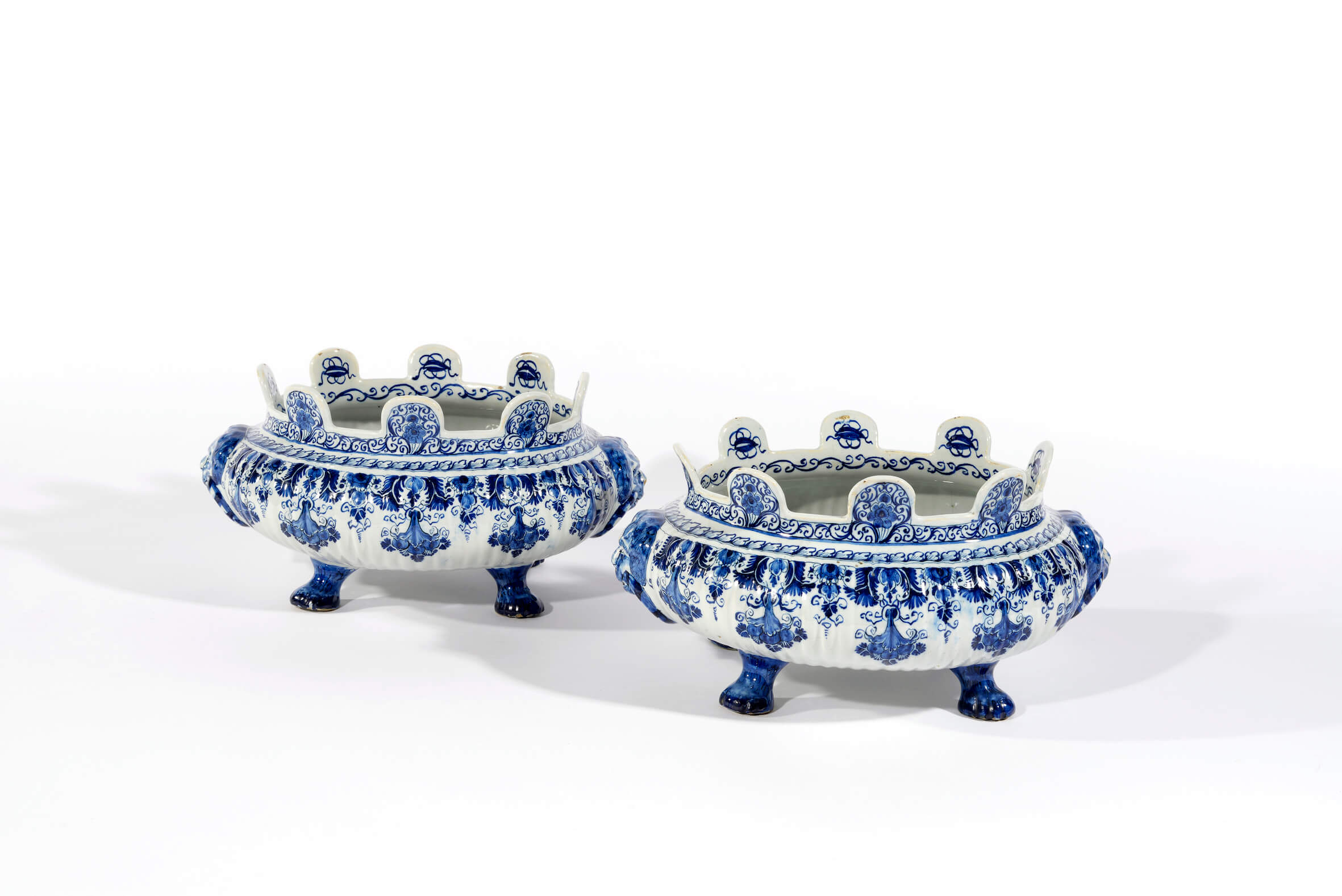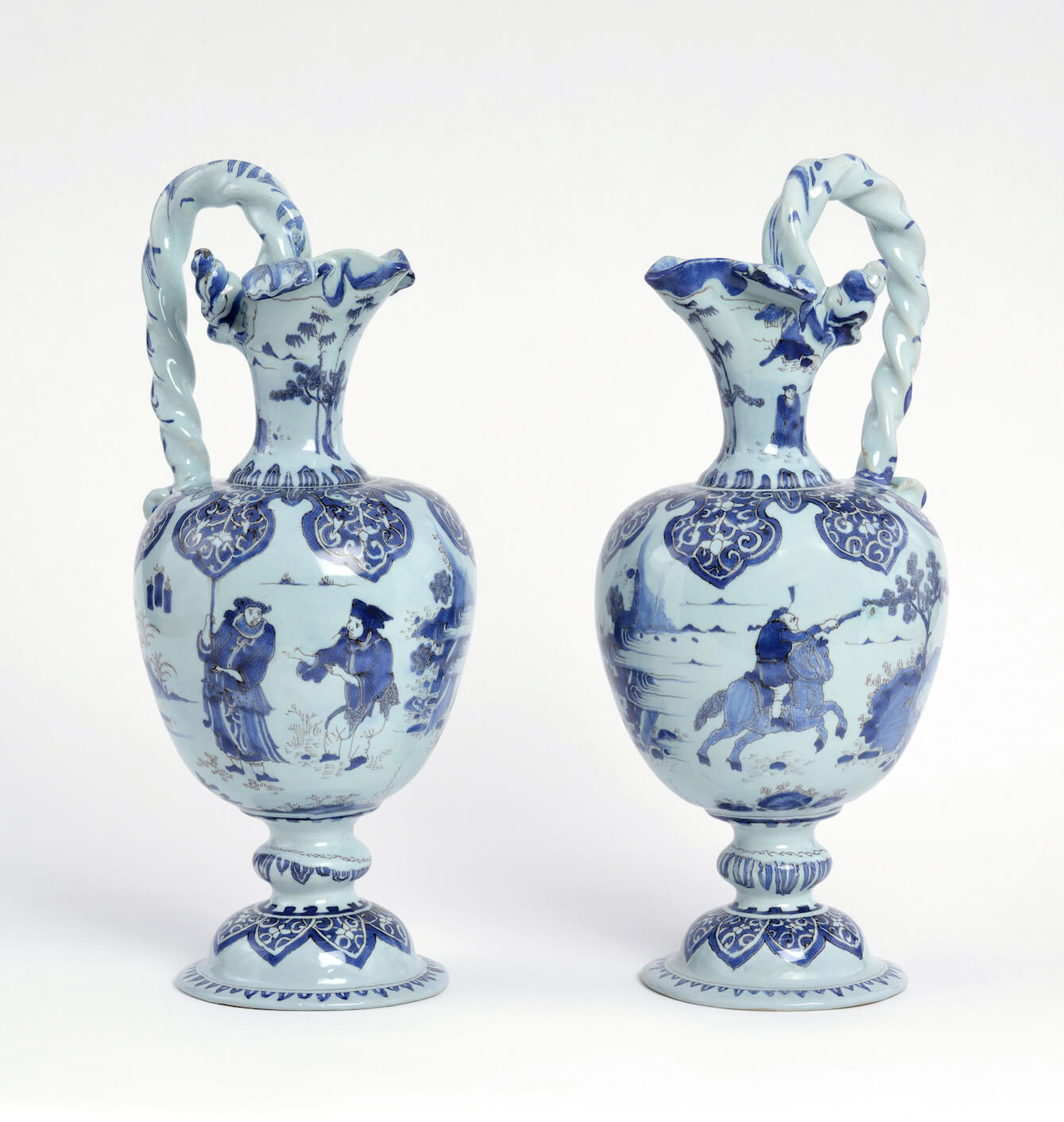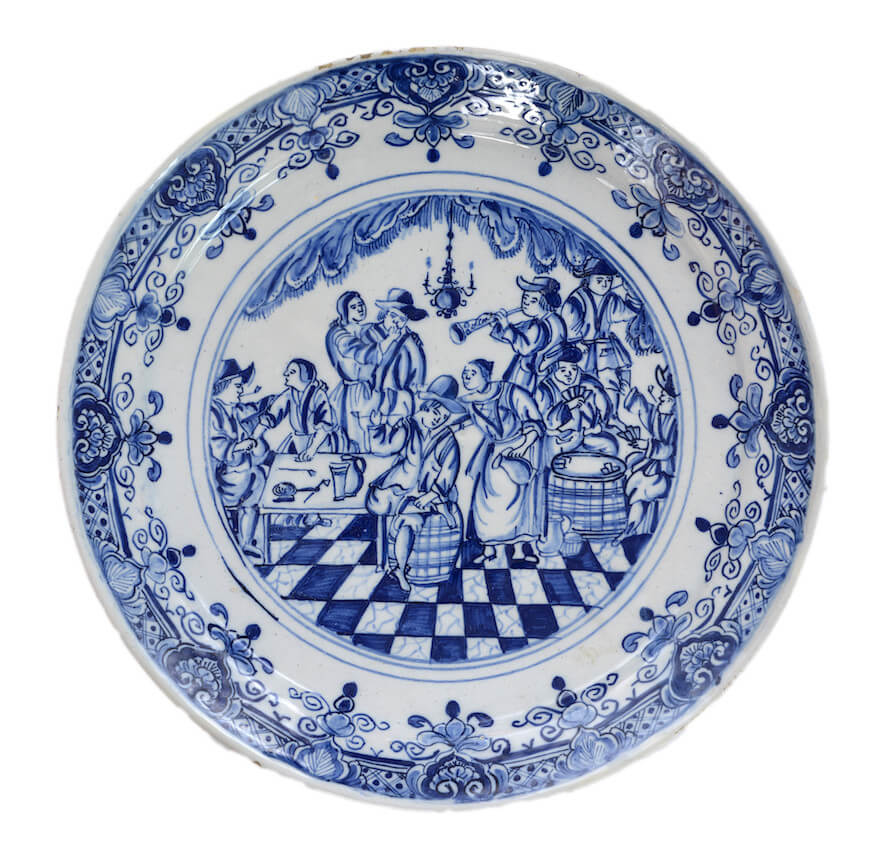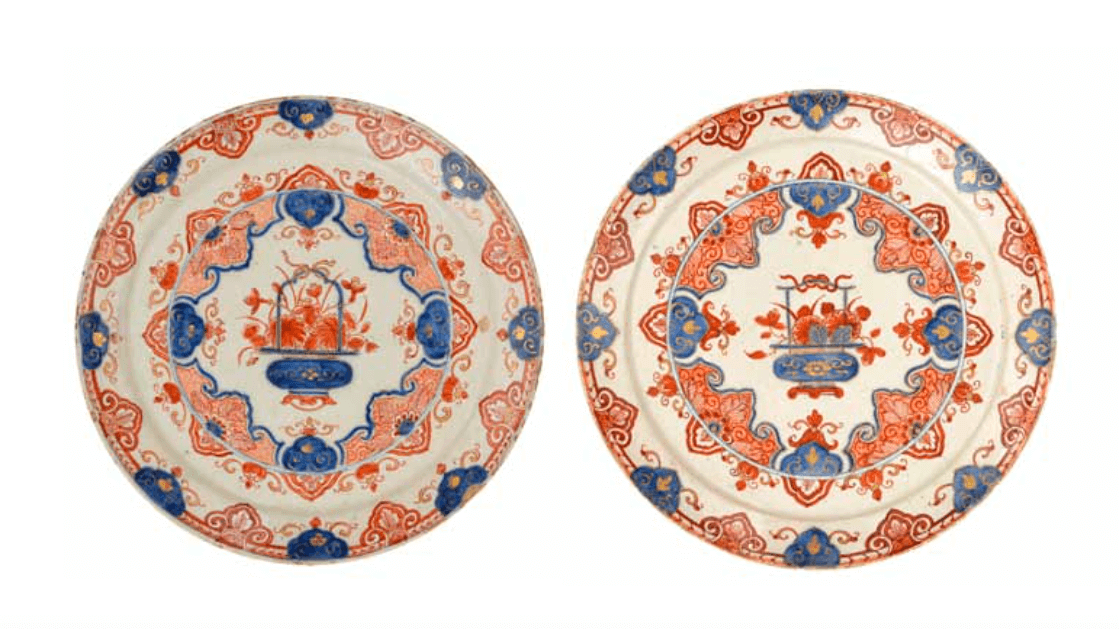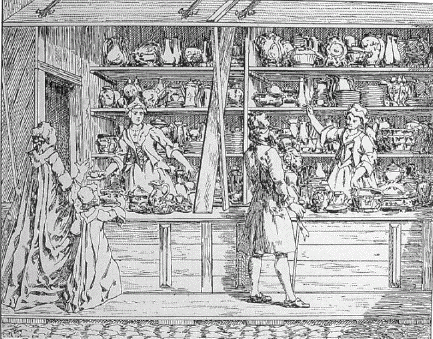Qilin, a Mythical Beast
Chinese and other East Asian cultures placed great importance on the mythology of fantastical creatures such as the dragon, phoenix and black tortoise. Perhaps the most popular of the mythical beasts was the qilin, a creature that bestowed prosperity and serenity. Naturally, the qilin was portrayed on many porcelain wares in China and Japan, and…




